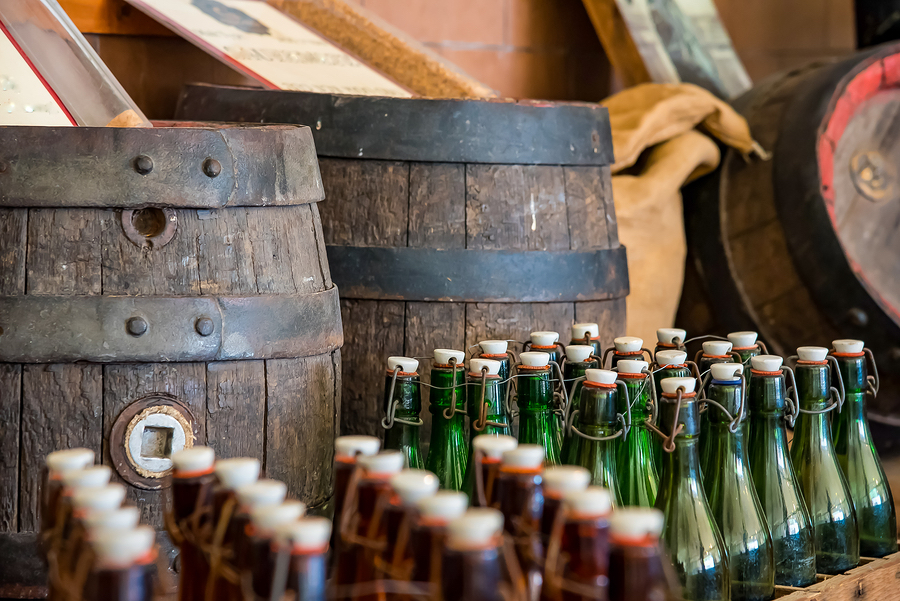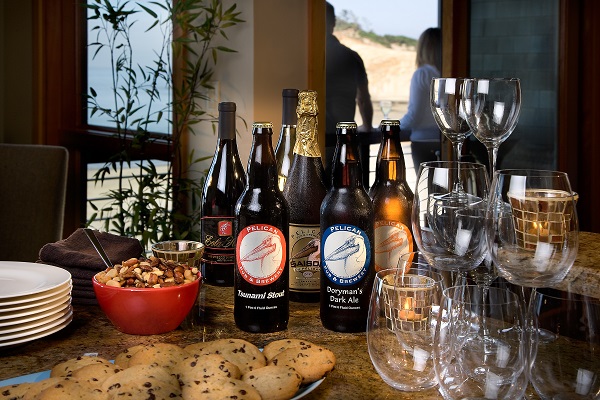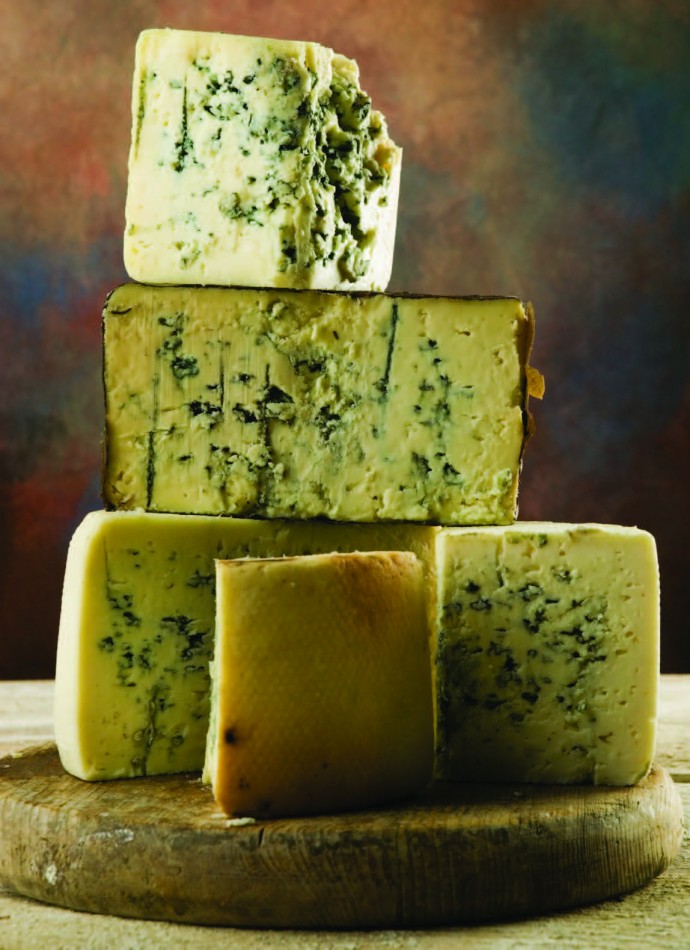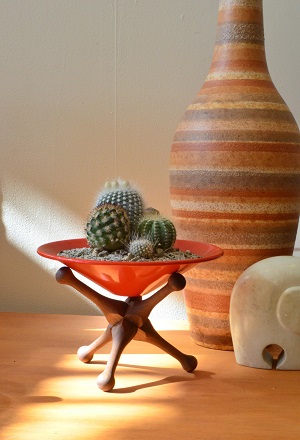Wondering how best to cellar beer? There are five simple rules to follow.
written by Jeremy Storton | illustrated by Allison Bye
As legend has it, British lords would age a batch of barley wine made when a baby was born, then drink it when the lad turned 18. These days, we know fresh is best, but there is still a time and place for something old and something brewed. Cellaring a beer has five simple rules.
1. Keep bottles upright to allow yeast to settle and to minimize surface area oxidation.
2. Keep bottles away from sun and fluorescent light, which will create off flavors reminiscent of skunk or propane.
3. Keep bottles at a steady, even temperature, around 50 degrees, to allow good flavors to evolve and harsh ones to mellow.
4. Stronger beers can store longer, but plan on saving the beer up to five years, unless advised otherwise.
5. Buy more than one to compare how they age and because they’re delicious.
In the absence of a basement or an elaborate system of underground caves, a wine fridge will serve as a great cellar. Even a closet in the center of the house will do. The goal is to protect the beer from light and changing temperatures. The best beers to tuck away for another day are typically strong and complex. Barrel-aged, imperials, barley wines, sours or brettanomyces (brett) beers rule in the cellar.
Reasons for cellaring beer are diverse. Many flavors, such as hop bitterness and alcohol spice, will soften with age and the rough edges will become smooth. Flavors will develop as they interact with each other. Oxidation, which is normally bad, can manifest with flavors of sherry or dried fruits. Aficionados also collect special beers every year to compare “vintages” with friends at a vertical tasting. Cellared beers are special experiences for special occasions, where the greater pleasure goes to the most patient. Cheers.







